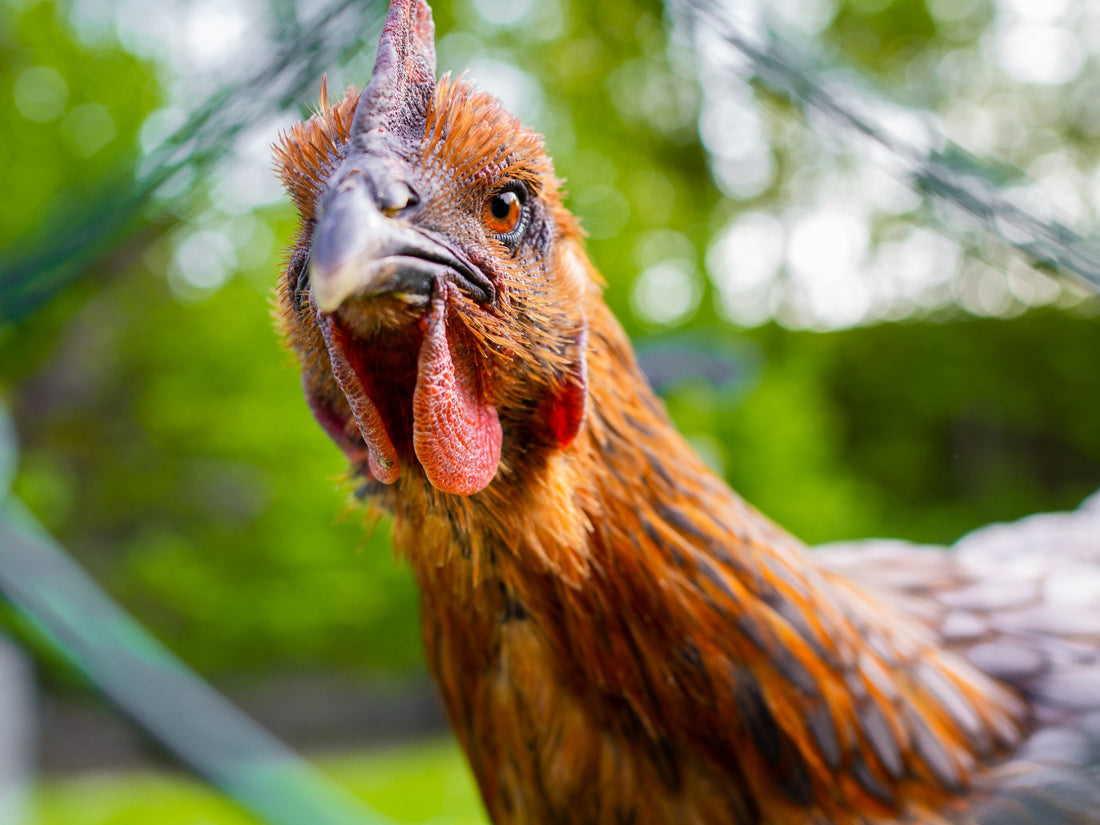Cannibalism among chickens, though a somewhat unsettling topic, is an important issue for anyone involved in poultry care and management. Understanding why cannibalism occurs and how to prevent it is crucial for maintaining a healthy and harmonious flock. This article aims to explore the causes of cannibalism in chickens and offers practical advice on how to prevent it, presented in an informative and friendly tone.
Understanding Cannibalism in Chickens
What is Cannibalism in Chickens?
Definition and Behavior
Cannibalism in chickens is a disturbing behavior where members of a flock engage in pecking, attacking, and sometimes consuming parts of one another. This behavior is not a natural instinct in chickens but rather a response to stressors or environmental inadequacies. It typically starts with mild pecking and can escalate to serious injury or even death.
Types of Cannibalistic Behavior
Feather Pecking: This is often the initial stage, where chickens peck at each other's feathers. It can lead to feather loss and skin injuries.
Vent Pecking: This occurs when chickens peck at the
vent area (where eggs are laid) of other chickens. This behavior can be particularly harmful and may lead to severe injuries or infections.
Head Pecking: Chickens may peck at each other’s heads, especially the comb and eyes. This can result in serious injury and can be a precursor to more aggressive behavior.
Triggers of Cannibalism
Several factors can trigger cannibalism among chickens. These include:
Overcrowding: Lack of space can lead to stress, aggression, and pecking behavior.
Boredom and Lack of Stimulation: Chickens that lack environmental enrichment may start pecking at each other.
Illness or Injury: Chickens may peck at flock mates that appear weak, injured, or different.
Lighting: Excessive light intensity or prolonged light exposure can increase aggression and pecking behavior.
Stress: Various forms of stress, such as changes in the environment, the introduction of new birds to the flock, or loud noises, can provoke this behavior.
Pecking Order Disputes: Chickens naturally establish a social hierarchy, known as the pecking order. Disputes or challenges to this order can lead to aggressive behavior, including cannibalism.
Nutritional Deficiencies: Lack of adequate nutrition, particularly protein and certain minerals, can lead to abnormal pecking behavior.
Injury or Blood: Chickens are attracted to the sight of blood or an open wound, which can lead to pecking and, if unchecked, can escalate to cannibalism. An injured bird in the flock can quickly become the target of this harmful behavior.
The Role of Environment and Management
Environmental factors play a significant role in the development of cannibalistic behavior in chickens:
Inadequate Space and Overcrowding: Limited space can increase stress and competition for resources, leading to aggressive behavior.
Poor Coop Conditions: A lack of environmental stimulation, poor ventilation, high ammonia levels, and extreme temperatures can contribute to stress and subsequent cannibalistic behavior.
Inconsistent Management Practices: Inconsistencies in feeding, lighting, and general handling can create a stressful environment for chickens, exacerbating the risk of cannibalism.
Prevention and Management
Provide Adequate Space
Space Requirements: Ensure that your chickens have enough space. Overcrowding is a primary stressor that can lead to pecking and aggression. The exact space requirement can depend on the breed and housing setup.
Environmental Enrichment
Perches and Hiding Spots: Provide perches, hiding spots, and other forms of environmental enrichment to reduce boredom and stress.
Outdoor Access: Allowing access to outdoor areas where chickens can forage, dust bathe, and exhibit natural behaviors can greatly reduce stress and aggression.
Balanced Diet
Nutritional Needs: Provide a well-balanced diet that meets all their nutritional needs, especially adequate protein levels.
Constant Access to Food: Ensure that chickens have constant access to food to prevent competition and aggression over resources.
Manage Lighting
Reduce Light Intensity: Avoid overly bright lights in the coop. Soft, natural lighting is best.
Control Light Duration: Limit artificial light exposure to mimic natural day-night cycles, which can help reduce stress and aggression.
Monitor Health and Behavior
Regular Health Checks: Keep an eye on the health of your chickens. Sick or injured birds should be separated and treated promptly to prevent them from becoming targets.
Behavioral Observation: Observe your chickens' behavior regularly. Early detection of aggressive or unusual behavior is key to preventing escalation.
Breeding Considerations
Selective Breeding: If possible, select breeds that are less prone to aggressive behavior and avoid breeding chickens that show aggressive tendencies.
Cannibalism in chickens is a distressing behavior that often indicates underlying issues in their environment or care. By understanding the causes and implementing effective prevention strategies, chicken keepers can maintain a peaceful and healthy flock. Regular monitoring, proper environmental conditions, adequate nutrition, and understanding the behavioral dynamics of your chickens are crucial in preventing cannibalism. Remember, happy and healthy chickens are less likely to exhibit aggressive behaviors, so prioritizing their well-being is not only good for them but also essential for maintaining harmony in the coop. With the right care and management, you can foster a stress-free environment that discourages cannibalism and promotes the overall health of your feathered friends. 🐔💚🌾

